Every summer brings the excitement of roller coasters and amusement parks. From the thrills of the twists, turns, and drops of the biggest coaster in the park, to the amusement of the smaller rides and games, you’re always guaranteed a blast. But have you ever thought of the immense amount of science and engineering behind each and every feature of an amusement park? Uncover some of the secrets and innovations behind your favorite attractions.
Science Behind Roller Coasters: Pneumatics
Thanks to pneumatics, you can ride a roller coaster feeling safe and secure, even if you have never heard of the term. Pneumatics is how air pressures, powers, and moves something. Using energy garnered from compressed air, pneumatics converts energy into practical use. Pneumatics has a rich history and is essential in a wide array of industries such as manufacturing, health care, transportation, and, of course, the engineering behind roller coasters.
Even before the actual ride begins, pneumatics are at work. On a typical coaster, the gates are closed when the train comes into the station for the passengers to board the ride. When the ride is ready to load, the gates simultaneously open. This is because of a pneumatic cylinder system that controls the pressure so that the gates open gently. Once you get on the ride, you may be secured by a lap bar. The release of the lap bar at the end of the ride is also enabled by a pneumatic system that works with a mechanical system to lock or release the bar when the cylinders break or complete the circuit.
While most roller coasters involve pneumatics, some of your favorite rides in the world rely on pneumatics in particularly unique ways.
Secrets Behind The Attractions
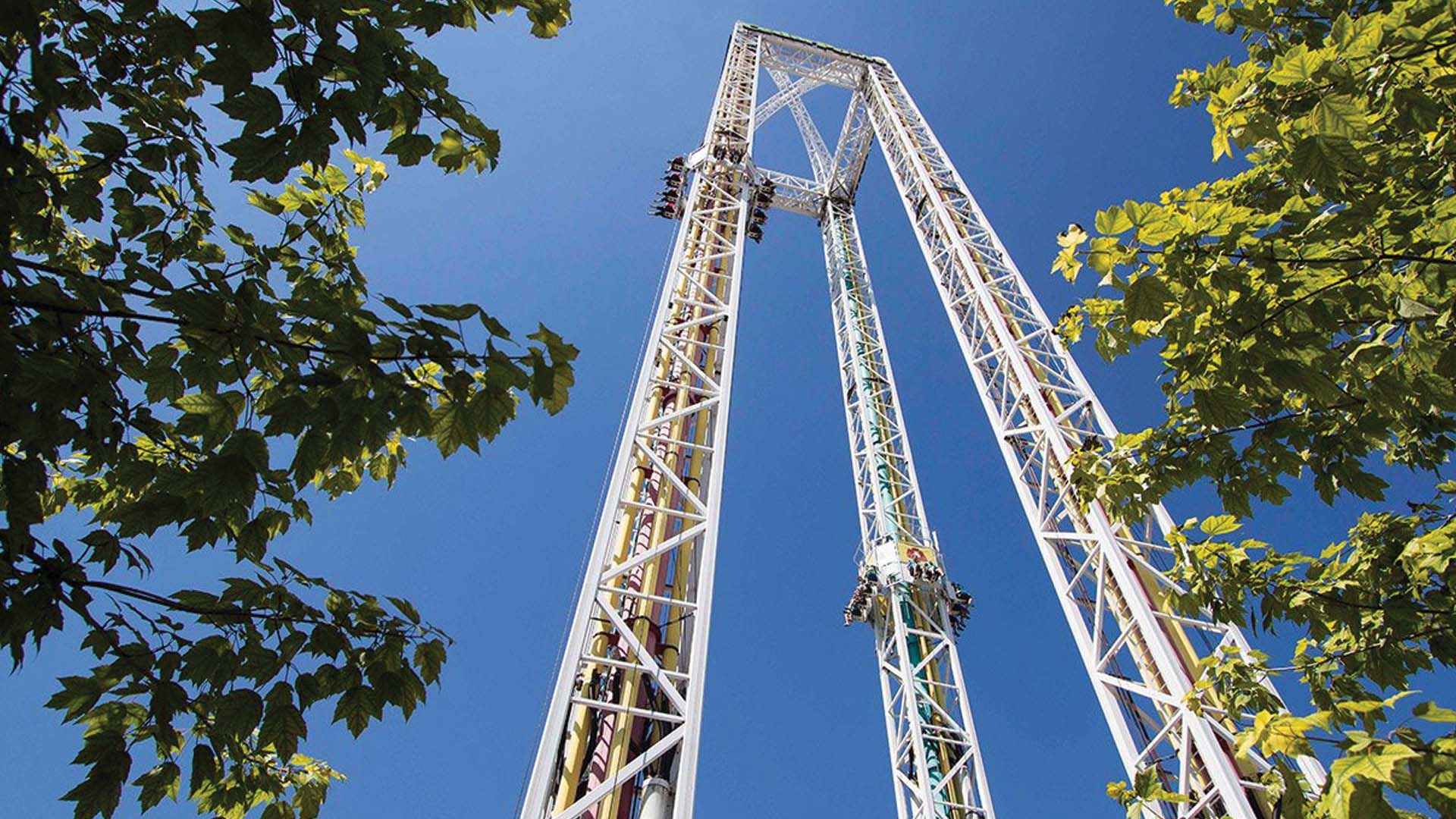
Power Tower—Cedar Point
With the help of pneumatics, Cedar Point’s Power Tower has two towers that launch riders 240 feet into the air and two towers that shoot riders down from the same height. Pneumatics are at play in the cables that are attached to a pneumatic cylinder’s piston rod. The piston moves up and down with compressed air shooting the piston up through the cylinder. On the towers that launch riders into the air, the piston is at the top and the vehicle at the bottom. When pressurized, the piston shoots down and traps the air at the bottom of the cylinder, which gives the rider that bungee-cord feeling as the air is slowly released. In the towers that drop riders down the tower, the process follows the same steps but in reverse.
Pneumatics is perfect for this type of ride because it can shoot vehicles up and drop them down with amazing speed, with the air cylinder’s piston acting as both a brake and a force. Hydraulic cylinders are also located at the base of the tower to provide an extra layer of safety.
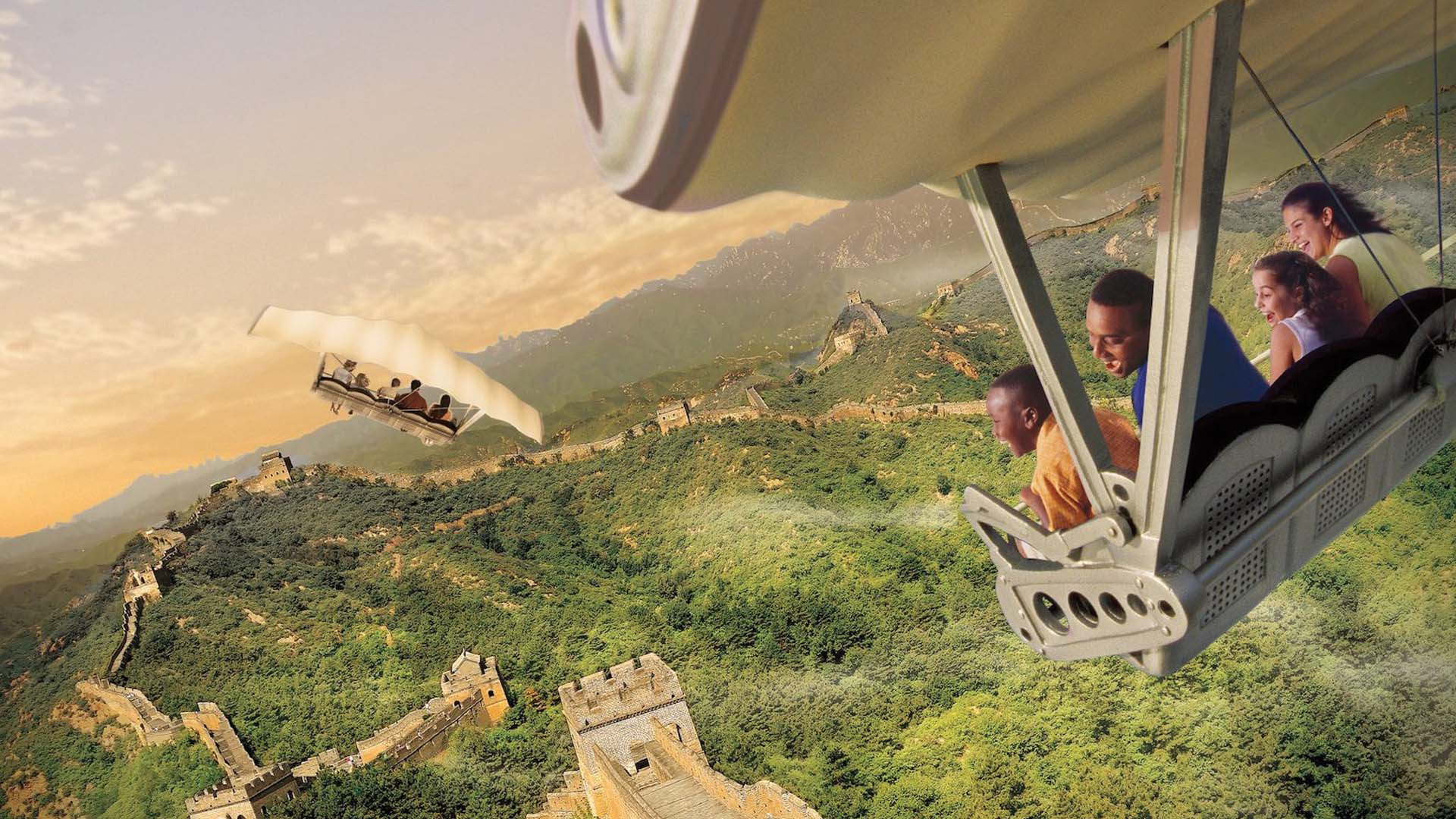
Soarin’ Around The World—Epcot
Pneumatics can also improve the overall experience of the ride, like in the Soarin’ attraction at Epcot in Disney World. On Soarin’, riders take a flight all around the world, gliding around marvels like the Great Pyramids of Egypt, the Eiffel Tower, and the Swiss Alps. A 180-degree, 80-foot IMAX digital projection dome, and a swing-like vehicle provide this visual experience. To enrich the attraction, pneumatic cylinders create the illusion of wind, speed, and a sense of launching through the air. Pneumatics helps the riders truly feel like they are soaring through the air.
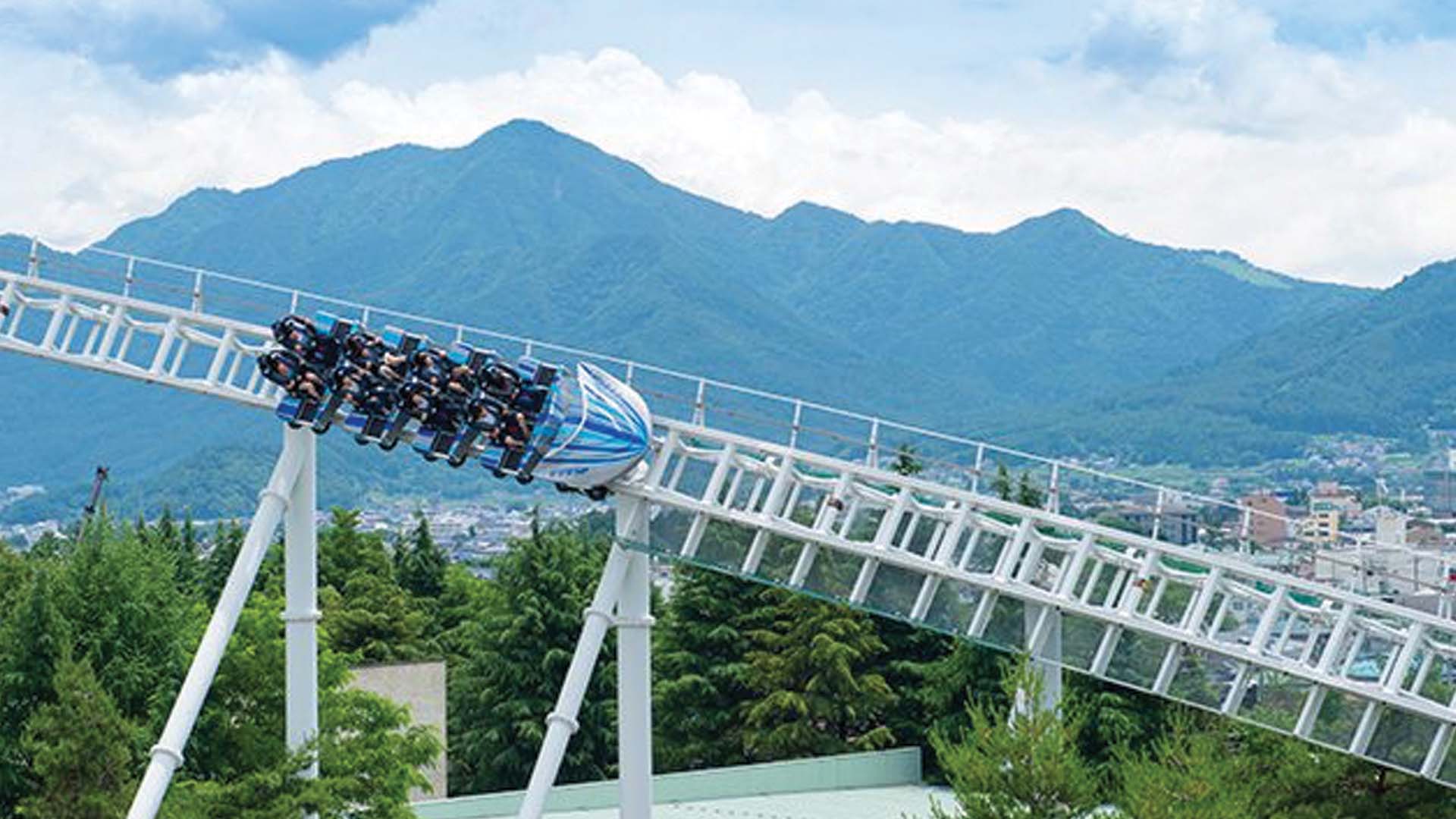
Do-Dodonpa—Fuji-Q Highland Amusement Park
Unlike other roller coasters, The Do-Dodonpa coaster at Fuji-Q Highland Amusement Park in Japan is the only one in the world that uses a compressed air-launch system. To begin the ride, air shoots the coaster down a narrow tube. With help from pneumatics, the train reaches a whopping speed of 112 mph in less than two seconds. This allows it to hold the record of the world’s fastest acceleration on a coaster!
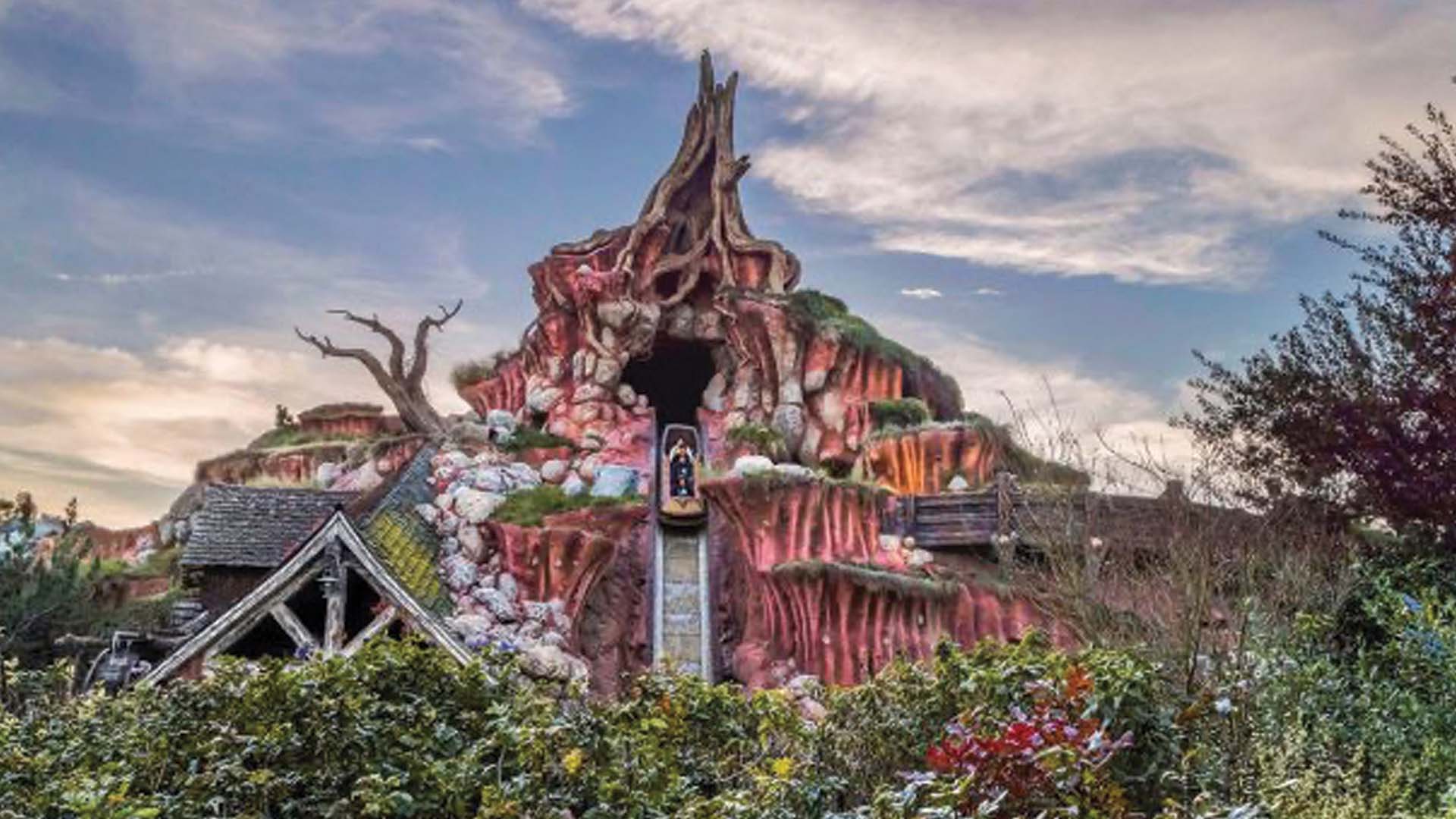
Splash Mountain—Disneyland and Disney World
Pneumatics can provide a win-win solution with activation and security because they can work without electricity and can withstand water. The latter is extremely important in Disney’s Splash Mountain. Pneumatic brakes slow down the ride safely while also keeping the train moving through the water. Eight airbags actuate each brake pad with a valve in the middle of each airbag; as pressurized air fills the bag, they expand and touch the bottom of the train, slowing it down. This not only ensures that the ride is safe and comfortable for the riders but also prevents wear and tear on the components of the ride.
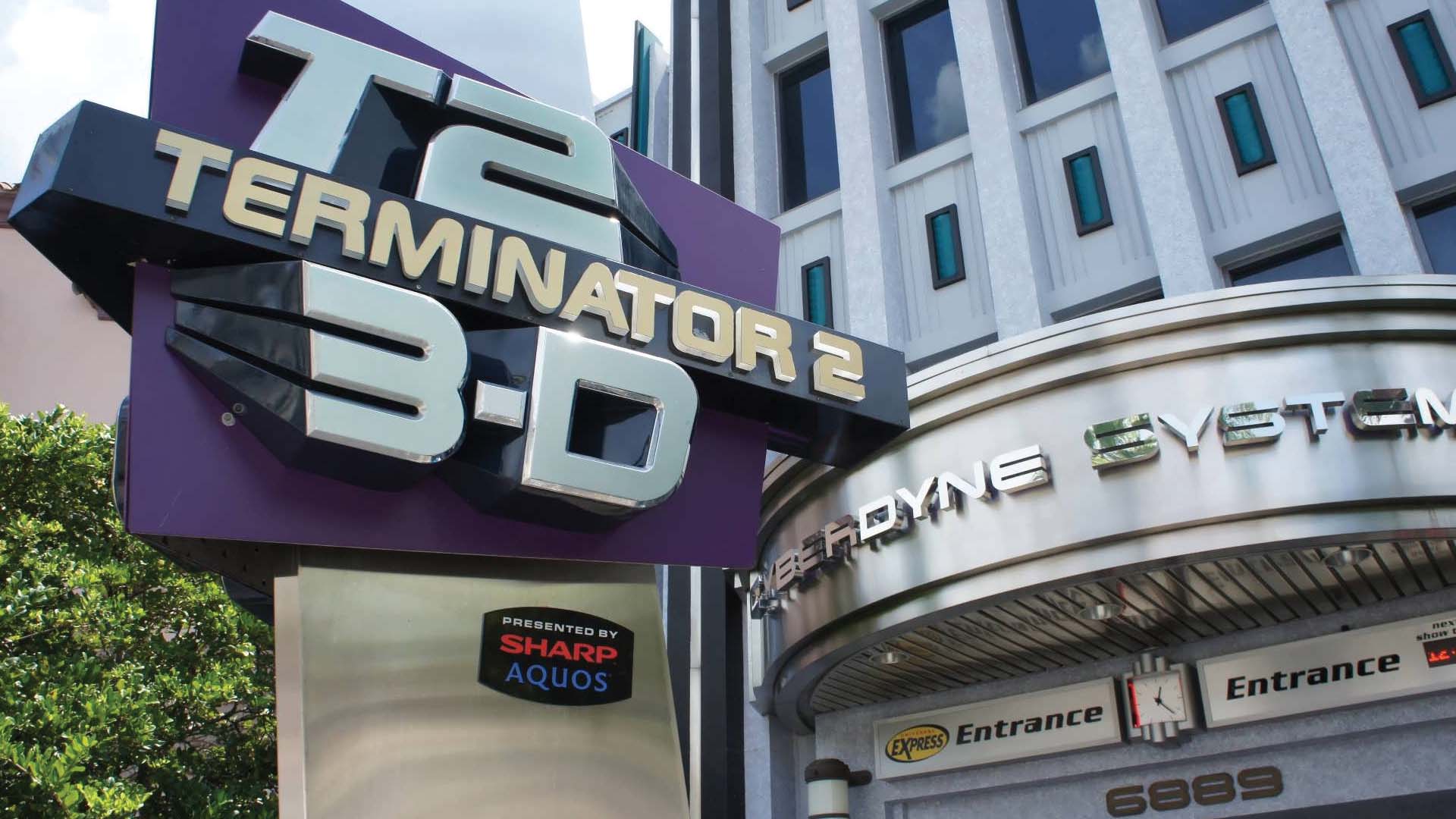
Terminator 2: 3D—Universal Studios Florida
Even though it closed down in 2017, Terminator 2: 3D attraction in Universal Studios Florida is worth noting because of its creative use of pneumatics. This attraction screened a short sequel to the blockbuster Terminator 2: Judgement Day while using pneumatics to create 4D effects. For heightened realism, three 23 x 50-ft. screens presented the film, each aligned at 60-degree angles. At one point during the show, Arnold Schwarzenegger’s character rides a motorcycle straight towards the screen. At the moment when he seems to have hit the screen on the video, an explosion occurs and suddenly a live actor appears with a motorcycle in front of the crowd.
Pneumatics allowed this on-screen to on-stage action to appear realistic. The explosion obscured a pneumatic cylinder lifting one screen out of view while another cylinder separated the two sides of a second screen. The separated sides enabled the live person to step through and enter the stage. Thanks to the speed of pneumatics, this mechanism appeared to occur simultaneously to the audience, making it feel completely lifelike.
To find out more about the use of pneumatics, stream Tomorrow’s World Today’s “The Power of Air” on SCIGo and Discovery GO.
Discover the World of Innovation, and uncover the science behind exercise, how recycled art turns trash into treasure, and the production of game controllers.







